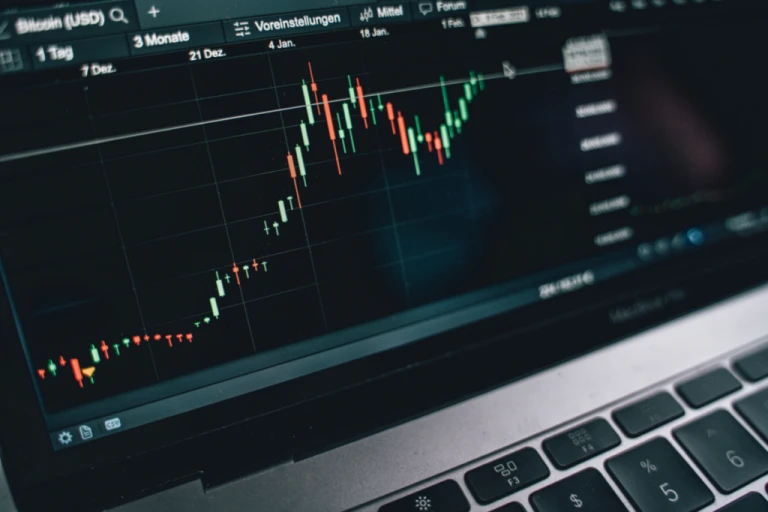Best Time(s) of Day, Week, and Month to Trade Stocks
In contrast to long-term investment strategies, trading is characterized by its short-term orientation. Traders acquire stocks not for prolonged value appreciation but with the aim of achieving rapid returns, often within specific time frames—ranging from a few days to a quarter. Day trading, with its notably brief time frames, involves analyses conducted in hours, minutes, and even seconds. The timing of a trade becomes a crucial consideration for day traders. Is there an optimal day of the week for purchasing stocks? What about for selling? Does a particular time of the year present the best buying opportunities? Similarly, is there an ideal month for both buying and selling stocks? This article will guide you through the nuances of timing trading decisions, exploring trends on a daily, weekly, and monthly basis.

Best Times of Day to Buy or Sell Stocks
In the early morning, market dynamics can become highly unpredictable. The opening hours reflect the assimilation of all events and news since the last closing bell, contributing to heightened price volatility. Novice traders may want to avoid these volatile hours, especially within the first hour, to minimize the risk of substantial losses.
For seasoned day traders, the initial 15 minutes following the opening bell constitute prime time, often presenting significant trading opportunities on emerging trends. The period from 9:30 a.m. to 10:30 a.m. Eastern Time (ET) is particularly noteworthy, showcasing some of the day's most substantial moves in a short timeframe. Many professional day traders conclude their activities around 11:30 a.m. when volatility and volume typically diminish, leading to longer trades with smaller moves and reduced volume.
If day trading involves index futures or actively traded index ETFs, such as the S&P 500 SPDR (SPY), trading can commence as early as 8:30 a.m. during premarket hours, tapering off around 10:30 a.m. Similar to stocks, trading may extend until 11:30 a.m. if viable opportunities persist.
Midday represents the calmest and most stable phase of the trading day. As participants await additional news, stock prices, having absorbed most of the day's releases, exhibit relative stability. This period, characterized by slower action, is opportune for beginners as the predictability of returns is higher.
In the final hours of the trading day, volatility and volume surge again. The last hour, mirroring the first, often witnesses sharp reversals and substantial moves, particularly in the closing minutes from 3 p.m. to 4 p.m. ET. Day traders during this time may be closing positions or attempting to join a late-day rally, anticipating momentum to extend into the next trading day.

Best Day of the Week to Buy Stocks
While some assert that specific days yield consistently superior returns, long-term evidence supporting such a market-wide phenomenon is scarce. Despite this, a belief in the "Monday effect" or "weekend effect" persists, with anecdotal claims of the stock market experiencing drops on Mondays. This belief is attributed to the release of significant bad news over the weekend or investors' subdued mood returning to work. Particularly noticeable in early Monday trading.
However, the Monday effect has largely diminished. Historical data, as depicted in the chart below, indicates that while average returns for the S&P 500 were negative on Mondays in 2018, the impact is minimal. Despite this, some still contend that Mondays might be opportune for buying stocks. Potentially capitalizing on any lingering market sentiment from the historical Monday effect.
Best Month to Sell Stocks
September is often considered a bearish month, historically associated with market downturns. Notably, October has witnessed significant drops, such as the record declines of 19.7% and 21.5% in 1907, 1929, and 1987, marking events like the Panic of 1907, the Great Depression, and Black Monday. Consequently, some traders favor selling stocks during September and October.
The September effect underscores a historical pattern of weak returns in the ninth month, potentially influenced by institutional investors adjusting their positions at the end of the third quarter. Analyzing the monthly average returns chart reveals that September consistently records the poorest performance throughout the calendar year.
While October has, on average, displayed positive market performance. It remains notorious for hosting some of the most severe market crashes. Considering this, even though September may exhibit weaker trends on average compared to October. Selling during this month might be favored to evade the elevated volatility often associated with October.
Also read: Best Real Estate Stocks in India
Best Date of the Month
While there isn't a universally optimal day each month for buying or selling stocks. A recurring trend involves a potential rise in stock values around the month's transition. This tendency is often linked to periodic inflows of new funds directed towards mutual funds at the start of each month.
Furthermore, fund managers aim to enhance the aesthetics of their balance sheets at quarter-end by acquiring stocks that performed well during that specific quarter. As a pattern, stock prices tend to decrease in the middle of the month.
Strategically, a trader might find value in timing stock purchases around the midpoint of a month. Perhaps between the 10th and the 15th. Conversely, the opportune period for selling stocks might lie within the five days around the month's transition.
Also read: Tips to Recover from a Big Trading Loss
The Bottom Line
The recommendations regarding optimal times to trade stocks, favorable days of the week for buying or selling, and advantageous months for stock transactions are broad generalizations. Naturally, exceptions and irregularities exist, influenced by news developments and evolving market dynamics. However, scholarly research indicates that any discernible patterns in market timing, leading to consistent abnormal returns, tend to be transient. Such opportunities are swiftly exploited through arbitrage, contributing to market efficiency as traders and investors gain awareness of these patterns.
Follow us on Instagram.









